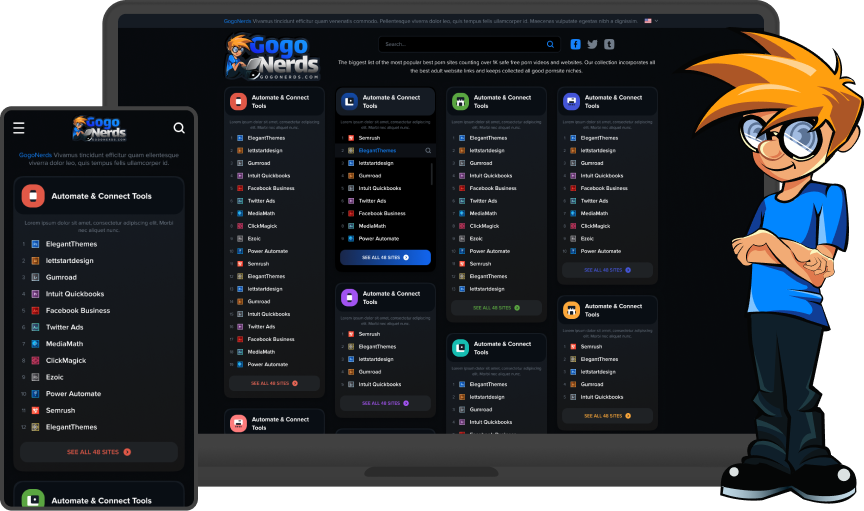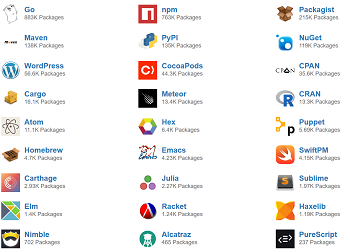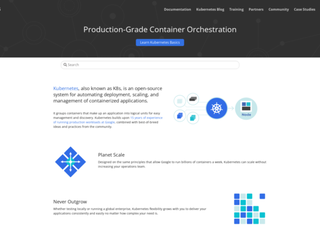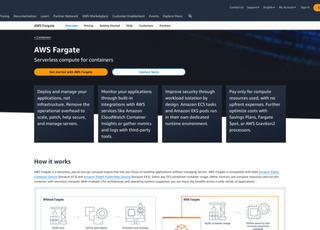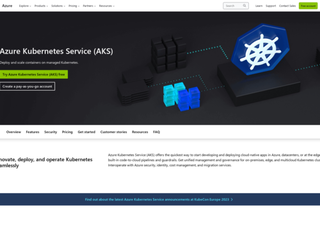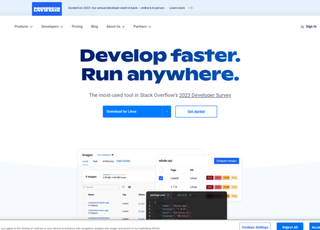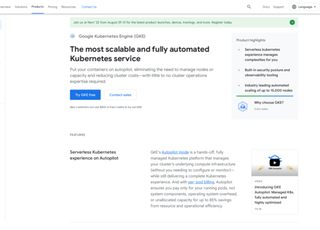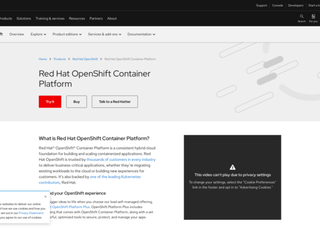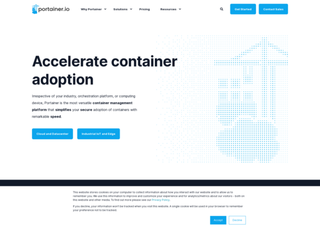Kubernetes
https://kubernetes.io/Kubernetes
Kubernetes, often abbreviated as K8s, is an open-source platform designed to automate the deployment, scaling, and management of containerized applications. It was originally developed by Google and is now maintained by the Cloud Native Computing Foundation.
The core idea behind Kubernetes is to provide a framework for running distributed systems resiliently. It handles scaling and failover for your application, provides deployment patterns, and more.
Key features and components:
Containers and Pods
The basic building block of Kubernetes is a Pod, which is a group of one or more containers (such as Docker containers), with shared storage/network, and a specification for how to run the containers. Containers in a pod are always co-located and co-scheduled, and run in a shared context.
Cluster Architecture
A Kubernetes cluster consists of a set of worker machines, called nodes, that run containerized applications. Every cluster has at least one worker node. These worker nodes host the Pods that are the components of the application workload. The control plane manages the worker nodes and the Pods in the cluster.
Control Plane
The control plane's components make global decisions about the cluster (for example, scheduling), as well as detecting and responding to cluster events (for example, starting up a new pod when a deployment's replicas field is unsatisfied).
Services and Ingress
These are abstractions which define how to access and communicate with the containers. A Service in Kubernetes is a REST object, similar to a Pod. It is an abstraction which defines a logical set of Pods and a policy by which to access them - often called a micro-service.
Configuration and Storage
Kubernetes provides persistent storage to run stateful applications. It allows you to mount a storage system of your choice, such as local storage, public cloud providers, and more.
Automated Rollouts and Rollbacks
You can describe the desired state for your deployed containers using Kubernetes, and it can change the actual state to the desired state at a controlled rate. For example, you can automate Kubernetes to create new containers for your deployment, remove existing containers, and adopt all their resources to the new container.
Self-healing
Kubernetes restarts containers that fail, replaces containers, kills containers that don't respond to your user-defined health check, and doesn't advertise them to clients until they are ready to serve.
Scaling
Kubernetes allows you to scale your application up and down with a simple command, with a UI, or automatically based on CPU usage.
Load Balancing
Kubernetes can distribute network traffic so that the deployment is stable, ensuring no single instance is overwhelmed.
DevOps and CI/CD
Kubernetes fits well into the DevOps philosophy. It complements various continuous integration and continuous delivery (CI/CD) tools, and can help automate several aspects of this process.
Declarative Configuration
Kubernetes allows you to define your applications and their environments in declarative YAML or JSON configurations. These configurations describe what you want your application's deployment environment to look like without needing to define the specific steps to get there. This makes it easier to deploy and manage applications across different environments.
Namespaces
In Kubernetes, namespaces provide a mechanism for isolating groups of resources within a single cluster. Namespaces are a way to divide cluster resources between multiple users (via resource quota).
Extensibility and Plugins
Kubernetes is highly extensible, allowing users to add functionalities via plugins. This includes network plugins, storage, and more. This extensibility is a key feature that allows Kubernetes to adapt to many different environments and needs.
Community and Ecosystem
One of the biggest strengths of Kubernetes is its large and active community. There are numerous resources available for learning Kubernetes, including documentation, tutorials, and community support. The ecosystem around Kubernetes is vast, with a wide range of tools and integrations developed to work seamlessly with it.
Security Features
Kubernetes provides many features to help maintain the security of your applications and clusters. These include controlling access to the Kubernetes API, authenticating and authorizing users, controlling the network access to and from containers, and more.
Monitoring and Logging
While Kubernetes does not provide native solutions for application-level monitoring and logging, it integrates well with third-party solutions like Prometheus for monitoring and Elasticsearch for logging. This allows you to maintain visibility into the performance and health of your applications and infrastructure.
Resource Efficiency
Kubernetes improves resource utilization and efficiency. It dynamically allocates resources to applications as needed, which means you can run more workloads on a given set of hardware than with traditional deployment models.
Portability and Cloud-Agnostic Design
Kubernetes works on any environment – public cloud, private cloud, hybrid cloud, multi-cloud, and even bare metal. This portability avoids vendor lock-in and allows for consistent operations across different environments.
Kubernetes is a powerful tool for managing containerized applications, providing robust features for deployment, scaling, and operations. Its flexibility, extensibility, and the strong community support make it a popular choice for modern application deployment and management. Whether you are running small applications or large-scale microservices, Kubernetes offers tools and features to efficiently manage your applications.

